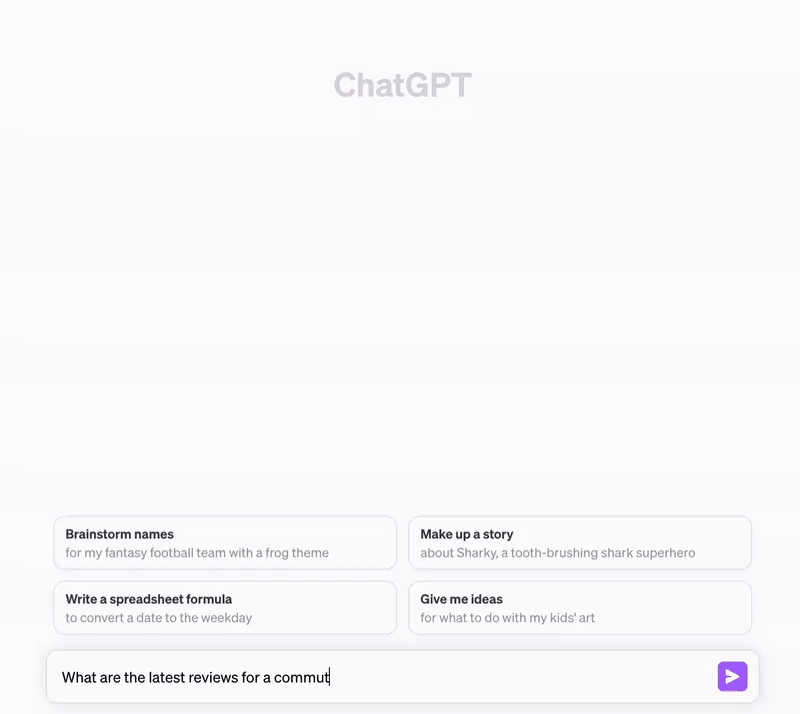ChatGPT, the popular AI chatbot that has amazed the world in the last year, has finally launched its web-browsing feature to all its users, after testing it in beta for several weeks. The feature was previously unavailable for months, as ChatGPT only had access to data until September 2021, making it unable to search the web in real time.
However, in March, OpenAI began to integrate internet services into ChatGPT, which also posed some challenges, as the online web is not as well-filtered as a fixed training dataset, and could expose ChatGPT to malicious use or unpredictable outcomes.
Table of Contents
Web-Browsing with Bing
In May, OpenAI enabled web search through Bing, the search engine owned by Microsoft, which is also one of OpenAI’s supporters. The feature was also extended to the ChatGPT mobile app in June. However, it was soon removed after it was found that ChatGPT could access and show content behind paywalls.
By the end of September, OpenAI restored the Browse with Bing feature, after improving how ChatGPT respects the rules set by content providers — basically, it now agreed to follow whatever a website said in its Robots.txt file, like conventional web crawlers.

Now, Browse with Bing is officially open to all Plus and Enterprise subscribers, who do not have to switch on their beta option in settings.
ChatGPT Can Generate Images with DALL-E 3
In related news, OpenAI also moved DALL-E 3 to beta, a month after introducing the newest version of the text-to-image generators.
DALL-E 3 has a connection with ChatGPT, which means that users do not have to be very precise about their text prompts when asking DALL-E to generate an image — ChatGPT can assist them in making sure that the image they get is closer to what they want.
Moreover, with DALL-E 3 directly embedded into ChatGPT, users will now be able to get images as part of their text-based queries without having to switch between apps.
DALL-E 3 is available in beta now on the web and mobile, with users able to activate the feature by choosing “DALL-E 3 (Beta)” from the GPT-4 tab inside ChatGPT.
Vocal range
This all is part of a wider expansion that is taking ChatGPT beyond a pure text-based generator, and towards a direction where audio and visuals are also part of its scope.
Last month, OpenAI gave ChatGPT a voice and ears with users able to have a spoken conversation with the chatbot, combining the worlds of voice assistants like Alexa with powerful large language models (LLMs). For example, a user will be able to ask ChatGPT to create and narrate a bedtime story for their kid on the spot, though it might be advisable to check what it comes up with.
Additionally, ChatGPT will also allow users to search for answers using images, meaning that someone can upload a photo of an object and find out what it is or look for similar items.
So today’s news is in line with OpenAI’s goal to make ChatGPT a fully integrated, real-time, multimedia generative search engine.
ChatGPT Isn’t Just a Text-Based Generator
With all of these features, ChatGPT is more than just a text-based generator; it is a multimedia generative search engine capable of creating and interacting with a wide range of content. ChatGPT is a powerful tool that can assist users with a variety of tasks, including content creation, research, education, and entertainment.
ChatGPT is also a fun and engaging chatbot that can engage users in natural and creative conversations using text, images, and audio. ChatGPT is one of the most advanced and versatile AI chatbots on the market, and its capabilities are constantly being improved and expanded.